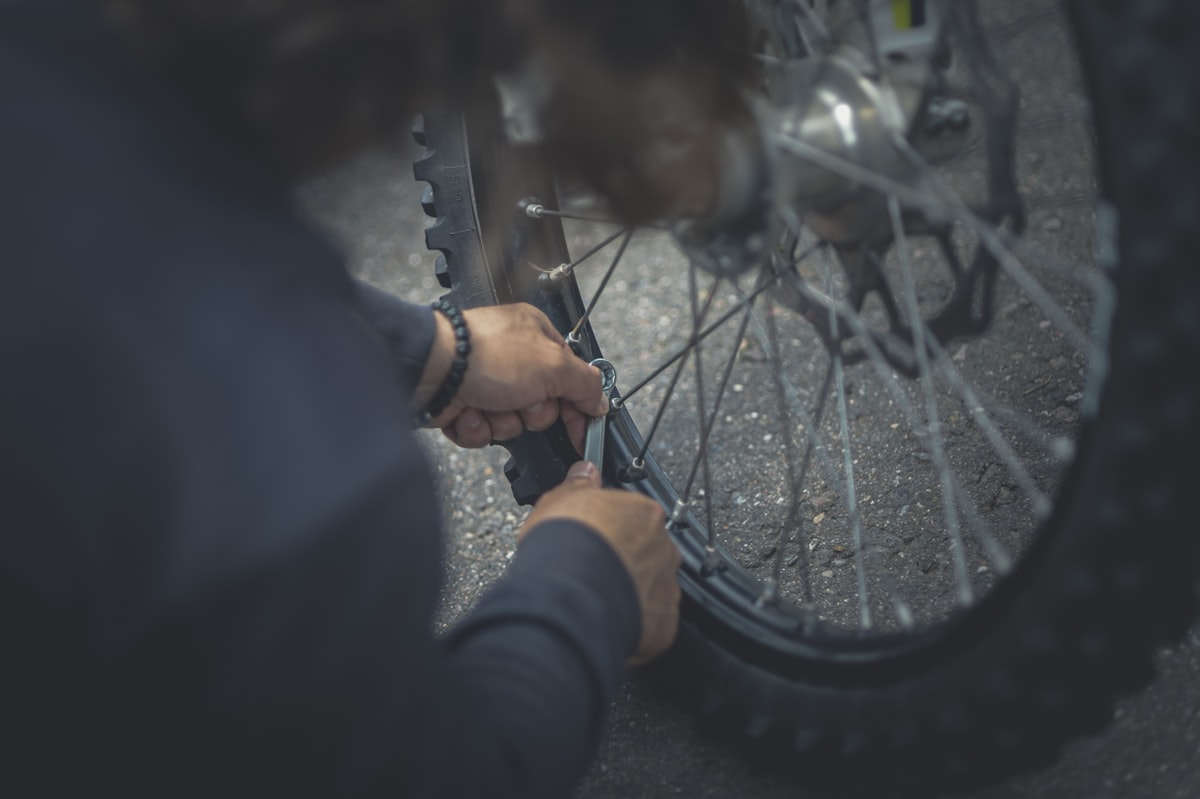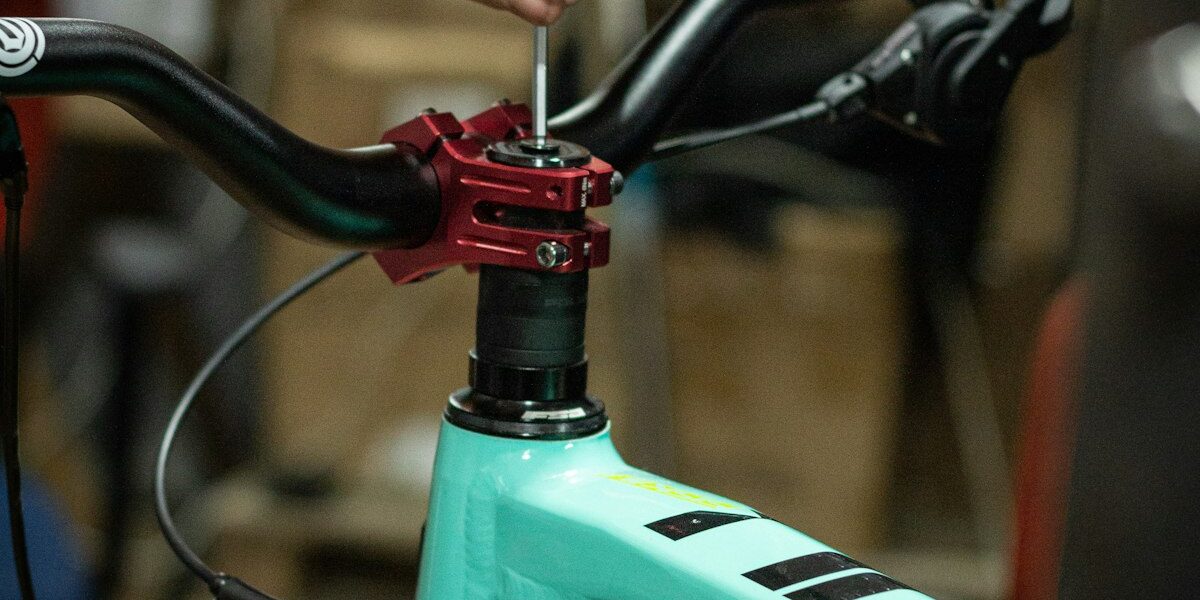
Understanding Mountain Bike Seats
Choosing the right mountain bike seat is crucial for a comfortable ride. It’s not just about comfort, but performance and health. With different terrains and riding styles, the needs vary significantly. Let’s explore the intricacies of mountain bike seats and what makes them tick.
Types of Mountain Bike Seats
Mountain bike seats come in various designs, each tailored for specific needs. The main types include Cross Country (XC), Trail, Enduro, and Downhill seats. XC seats are lightweight, designed for efficiency over long distances. They have minimal padding to reduce weight. Trail seats offer more cushioning, balancing comfort with performance. Enduro seats feature a durable build for rough terrains. Downhill seats are more robust, providing strong support for intense rides.
Materials and Construction
The construction of a bike seat affects its weight, durability, and comfort. Common materials for the saddle surface are synthetic leather and fabric, which withstand the elements and offer different textures. The padding inside can be made from foam or gel. Foam is lightweight and firm, ideal for long-distance as it provides support without sinking. Gel, conversely, offers more comfort for shorter rides but might compact over time. Shell materials include nylon, carbon fiber, and plastic. Carbon fiber is lightweight but expensive, while nylon offers flexibility at a lower cost.
How to Choose the Right Saddle Width
Saddle width is fundamental to ride comfort. It should align with the rider’s sit bones. Without proper support, sitting can become painful. Many specialized bike shops offer sit bone measurements. Start with measuring to find your sit bone width. Add a few centimeters for the perfect saddle width. A correctly measured saddle helps avoid numbness and chafing during rides.
Importance of Saddle Cutouts
Cutouts in saddles aid in relieving pressure on sensitive areas. They are particularly helpful on long rides where discomfort can become unbearable. A well-designed cutout or groove helps in maintaining blood flow and reducing pressure. Choose a cutout based on personal anatomy and test it in a variety of conditions. It can greatly affect the biking experience.
Seat Position Adjustments
Along with selecting the right seat, how it’s positioned on the bike is just as pivotal. Seat angle, height, and fore-aft positioning should all be calibrated to your body. A saddle tilted too far forward or backward can cause strain on the wrists or back. Height is crucial, too. Too high or too low can cause performance issues and potential injury. To find the right height, adjust so you can just about fully extend your leg with your foot on the pedal at the bottom of the stroke.
Caring for Your Mountain Bike Seat
Maintenance extends the life of the seat. Cleaning the seat after rides with mild soap and water keeps it in good condition. Avoid harsh chemicals that might degrade the materials. Regularly check for wear and tear, including the rails’ integrity and surface material condition. Make adjustments as needed. Treating the seat with respect ensures it serves well season after season.
Saddle Rails and Their Impact
Saddle rails impact both weight and seat durability. These rails connect the seat to the seat post. They’re usually made of steel, titanium, or carbon. Steel offers durability at an affordable price but is heavier. Titanium strikes a balance between strength and weight, making it a popular choice. Carbon provides the lightest option but comes at a cost. The choice affects your ride; lighter rails improve performance but assess their strength for rugged trails.
Common Issues and Solutions
Riders often encounter common issues with seats. Chafing, numbness, and discomfort are frequent complaints. Address these by checking your saddle fit and adjust the seat position accordingly. Consider the padding’s condition and the seat’s angle. Make sure the saddle suits your riding style. Experiment with different clothing choices, like padded shorts, to see if that alleviates some issues.
Trends and Innovations
The mountain biking industry continually evolves. Innovations like heated seats, vibration damping technology, and personalized 3D-printed saddles are emerging. Heated seats provide warmth in cold weather, enhancing comfort. Vibration damping technology reduces trail vibrations, and personalized 3D-printed seats custom fit a rider’s unique anatomy. These innovations are tailored toward enhancing comfort and improving performance.
Environmental Impact
Like any other industry, environmental impact is a consideration. Sustainable materials and processes are being developed. Some companies focus on recycled materials for seat construction. Others have adopted greener production methods to lower carbon footprints. As consumers, choosing environmentally responsible products contributes to these efforts.
Recommended Cycling Gear
Garmin Edge 1040 GPS Bike Computer – $549.00
Premium GPS with advanced navigation.
Park Tool Bicycle Repair Stand – $259.95
Professional-grade home mechanic stand.
As an Amazon Associate, we earn from qualifying purchases.




Subscribe for Updates
Get the latest articles delivered to your inbox.
We respect your privacy. Unsubscribe anytime.